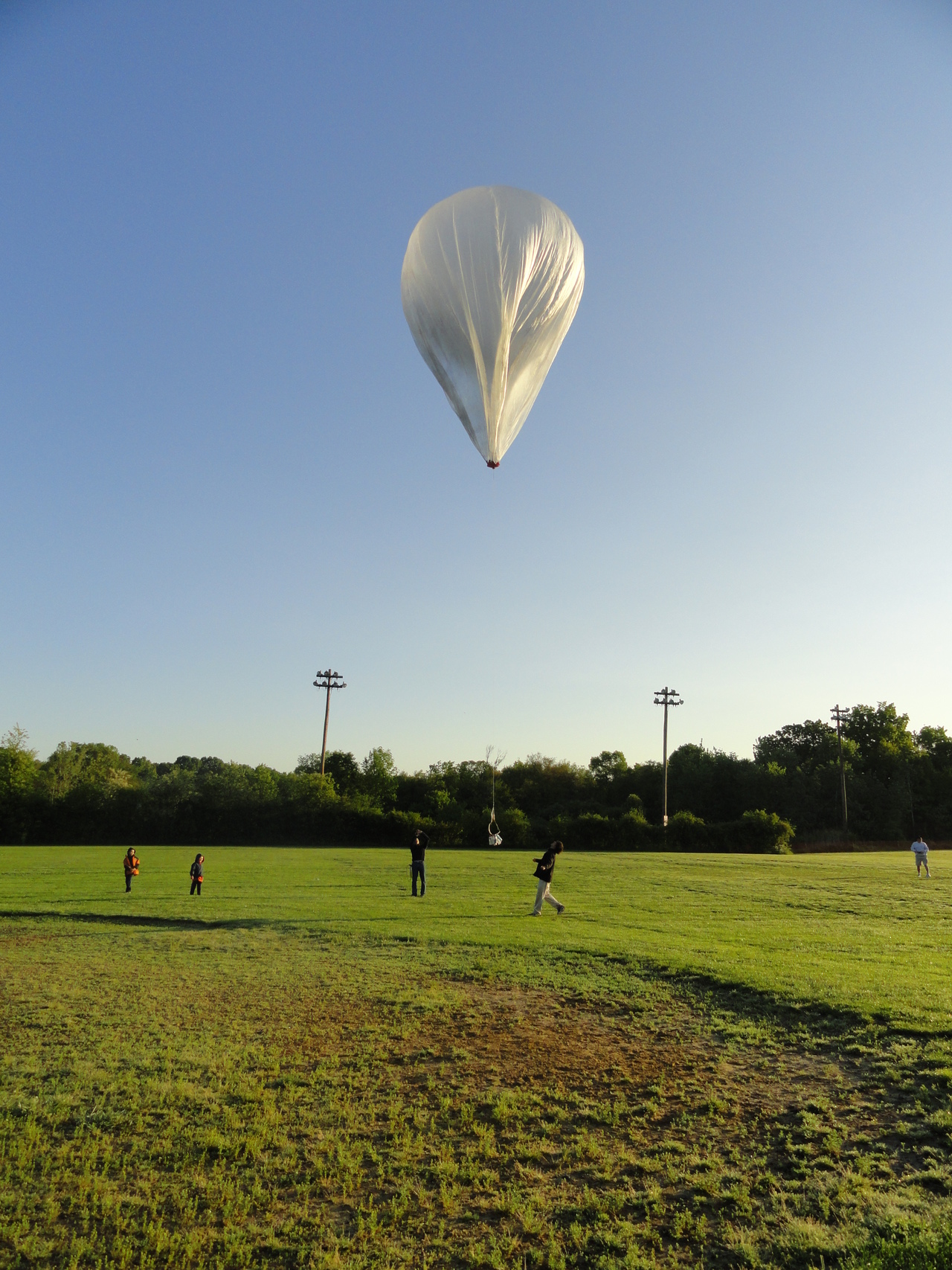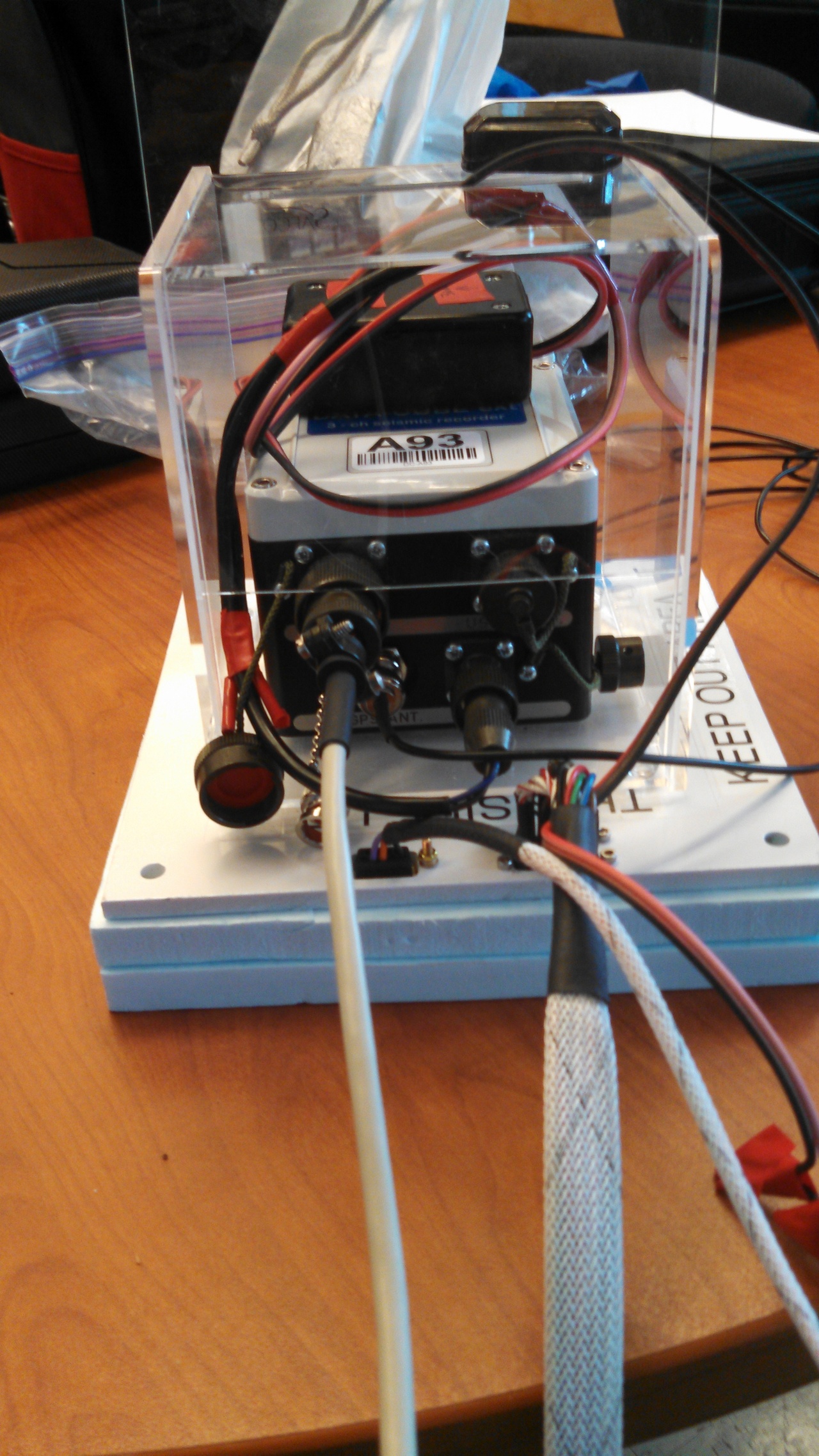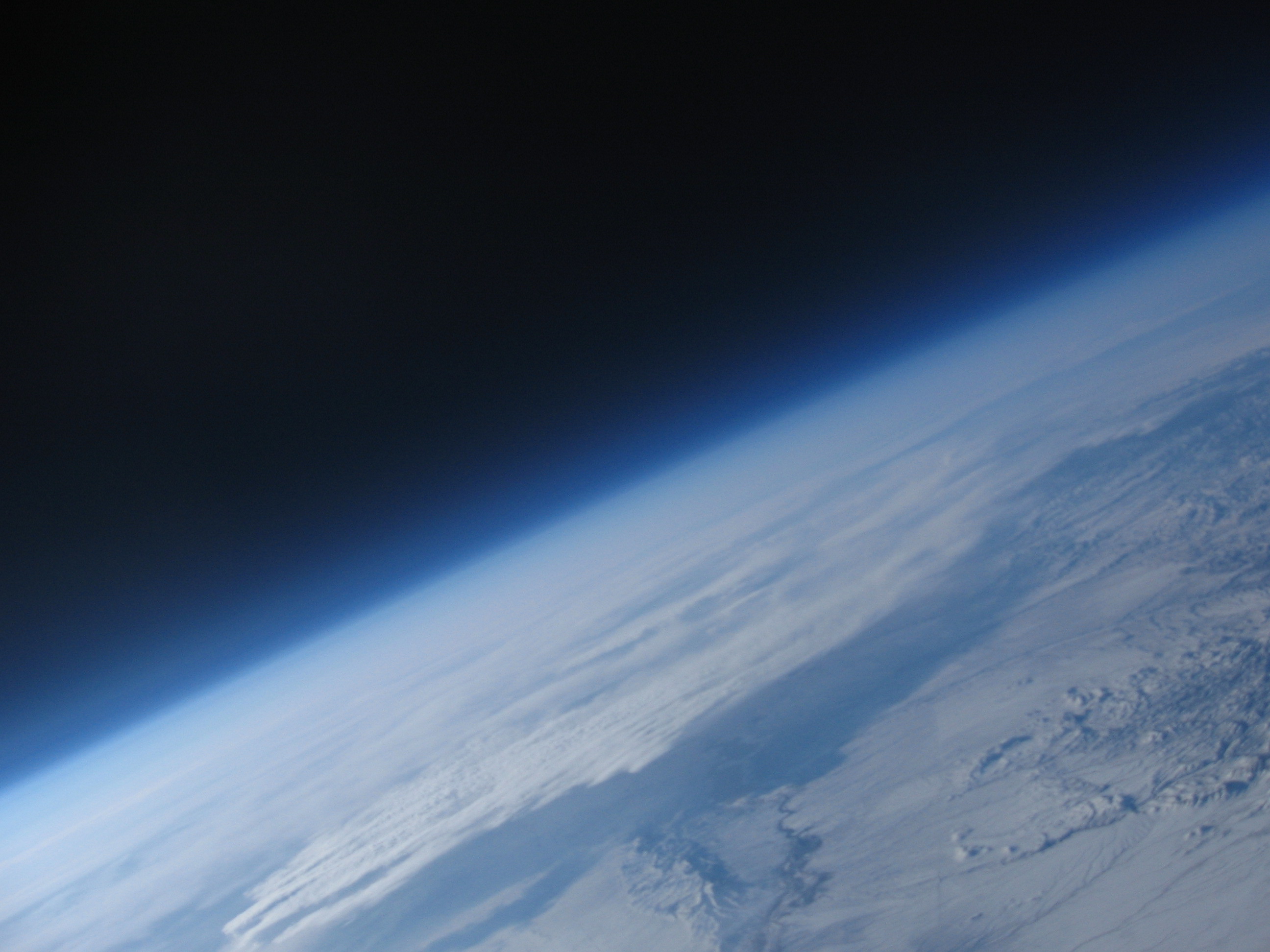Interview with Danny Bowman: atmospheric low frequency sound
Not very long ago, Danny Bowman, was launching and testing his first balloons in the New Mexico desert. Now, he uses high altitude balloons to study sounds in the middle of the stratosphere. Little is known about what exactly those sounds mean, but he is hearing something similar to what was heard the last time someone listened in the ‘60s! His message to those new to HABs is about their wonder and accessibility. When talking about his first latex-based HAB, he says, “The [flight] was not genius. It was something anyone who put their mind to it could do. We went 1/3 of the way to space, and it is within reach!” If you keep tinkering with an idea, you can do really cool things. If you are tolerant of things going wrong, if you keep working forward, eventually you can send a balloon over 100,000 ft and get the pictures back to prove it.

Danny launched his first candle balloon by a golf course with some of his friends when he was only 15. He tells us there are probably 100 bags in the desert from those early launches. After his friends failed to recover their HAB with a GPS spot tracker and camera, Danny was inspired to model flights in order to better predict their behavior. Finally, on the next try, they were successful and got some awesome pictures of snow. Today, he still uses these beautiful shots of the snow-covered landscape in scientific presentations.
Together with some of his co-workers, Danny tried something new in 2012 with a solar balloon. Amazingly, one flight went over the Atlantic Ocean. They attached 9 bottles with their contact information, and 7/9 were recovered in about a month.
Soon, Danny started graduate school, and one day while checking email he discovered a NASA solicitation for the high altitude student platform (HASP). This is when he had the idea to combine his graduate research with HABs. Engineering near-space craft was still marked by difficulties. For example, his first balloon was released by accident. The second experiment was launched without a balloon, sort of. Instead of ordering a latex balloon, he filled garbage bags with helium, and it worked. In fact, the results of that experiment were so interesting, they were later published.
On the HASP, Danny planned with his team to fly an infrasound microphone and just record whatever was up there. Already, a host of natural and anthropogenic sounds have been identified from recordings on or near the ground. These include sounds from lightning, earthquakes, volcanoes, forest fires, nuclear/chemical/mining explosions, space- and air-craft flight, and even industrial exhaust. Would these show up in the stratosphere?
Unexpectedly, not only did they see typical sound spectra, but the spectrogram showed interesting, unknown signals. Importantly, the signals were different from those recorded on earth’s surface. The really cool thing was that they saw the same mysterious signals from work done in the ’60s with a completely different approach and different sensors. This fact, that two different methods were showing similar things, suggested what they were hearing was real and not just artifacts from their method. In fact, this year Danny will continuing tests to ensure what he is hearing is not due to the HASP craft but real acoustics from the stratosphere.
This is a
spectrogram of sound waves in the stratosphere. My life's goal is to be
able to explain it. pic.twitter.com/AIjLr6iWbI
— Danny
Bowman (@dannycbowman) December 29,
2015Now, what Danny needs most is more data. However, there are several obstacles to overcome. Basically, if there was an easy way to build and fly the specialized microphones, more people could collect a lot more data. Currently, Danny’s group has data from the accent to 93k ft over one area during one flight. Even the descent of this one was too noisy to make much sense.
More data would first help confirm what can be heard from a free flying balloon in the stratosphere. Then, further questions could begin to be answered. How do the sounds change over different terrain? Do they change with changing weather conditions and to what degree? How do they change over seasons or even during the day/night cycle? How many of those mysterious spectra can we tease apart and understand what causes them?
The ability to design and construct infrasound microphones is limited. While the mics are not proprietary, there is little documentation and they are not mass produced and thus not for sale. Ideally, the units could fly on cheaper solar balloons that would provide longer flight times. For this to work, they would need to be light. Currently, because the study of infrasound grew out of seismology, the data loggers were designed for use on the ground and are too heavy for most amateur balloons (700 grams). Below is a picture of a data logger.

Danny is excited by the possibilities of solar balloons. He says there are many records to break within reach of amateur HAB engineers. A more vibrant solar balloon community could help drive the innovation necessary for creating cheaper, more robust solar balloons. And this would allow for the increased sampling he needs for collecting more data. Danny specifically wants to challenge the HAB community to launch a camera and GPS on a solar balloon to break his record of 72k ft (see photo below from his launch in May 2015). We need to be going bigger and higher with cheaper balloons. Amateurs could really contribute to cutting edge research by improving solar balloons.

Danny’s work has been featured here. and on his blog/website. You can see many videos of his flights and sound spectra on his youtube channel and you can follow him on Twitter!
